Guest Post written by Timothy Tomaso of Sunburst Digital
Here’s the setup. ISTE 2017 is about to begin. The all-new Wonder Workshop booth is set up and open to greet teachers, librarians, media specialists, and more, from all across the country. We have new curriculum to introduce, ideas to share, and swag to give away. And we have the ever-popular Dash-ketball Challenge ready to go. Two Dash robots are poised for action. Their ball-launcher accessory pieces are carefully mounted to allow for the tossing of projectiles toward the small basketball nets a short distance away . . .
The challenge? Sink a basket and be entered to win free education packs with Dash and Dot robots, accessories, and curriculum.
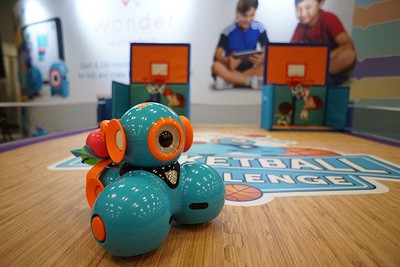
Some teachers walk up to the challenge with confidence. “We have Dash & Dot in school already,” they announce with a knowing smile. “This should be easy.” And sometimes it is. But not always. Then there are those who have never seen or heard of Dash & Dot before. They are timid, having watched with some amazement as fellow instructors program the robot to travel down the table and toss the ball with just the right force and angle to sink the basket. These educators are shy and hesitant to admit they have never programmed before.
I place Dash in their hands, so they can feel the weight of one of the more durable robots on the market. I explain the procedure in detail and show them the four steps involved in the code we are about to write. We use one of the five Wonder Workshop apps, in this case the “Blockly” app. We arrange the blocks of code in the proper order: start, move forward, launch ball, and move backward. They quickly gain confidence and understand the power of learning to code and of learning to program a robot.
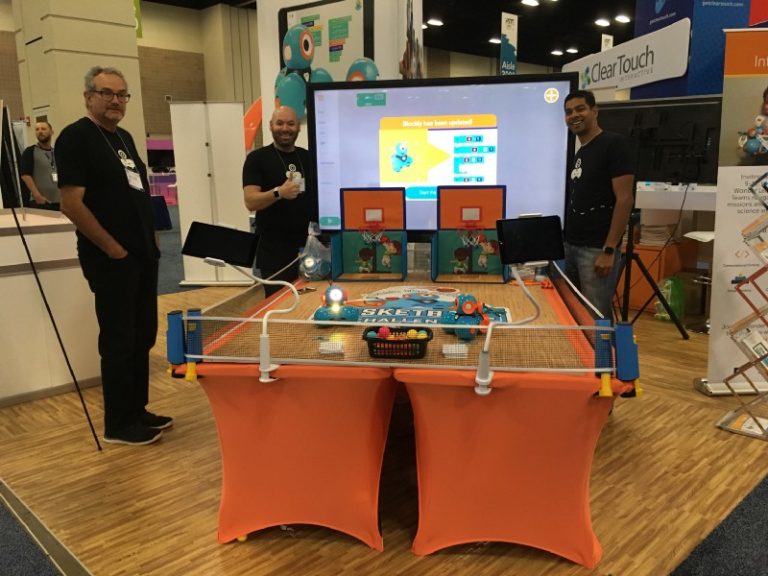
Teachers working with teachers is a wonderful thing to observe. They are patient and helpful, prompting everyone to make the basket on their first try if possible. When it doesn’t work, they encourage each other to problem-solve their way to success. They realize that their students will go through the same effort when they try it. Teachers who are successful right away are presented with additional challenges, demonstrating that this activity is extendable. “Can you sink a basket while facing the wrong direction? Or shoot three balls in succession at the same basket before returning to the starting line to reload?” Whether the challenge is simple or complex, participants can achieve success with Dash, even if shots at the basket fall a bit short. Tinkering, trial and error, and careful planning are all effective approaches with Dash. And these approaches encourage effective design thinking and reasoning.

Once teachers (and students) have experienced the delight of programming Dash and succeeding, they are eager to share what they’ve learned. You can share this experience with your students by downloading and following the lesson plan.


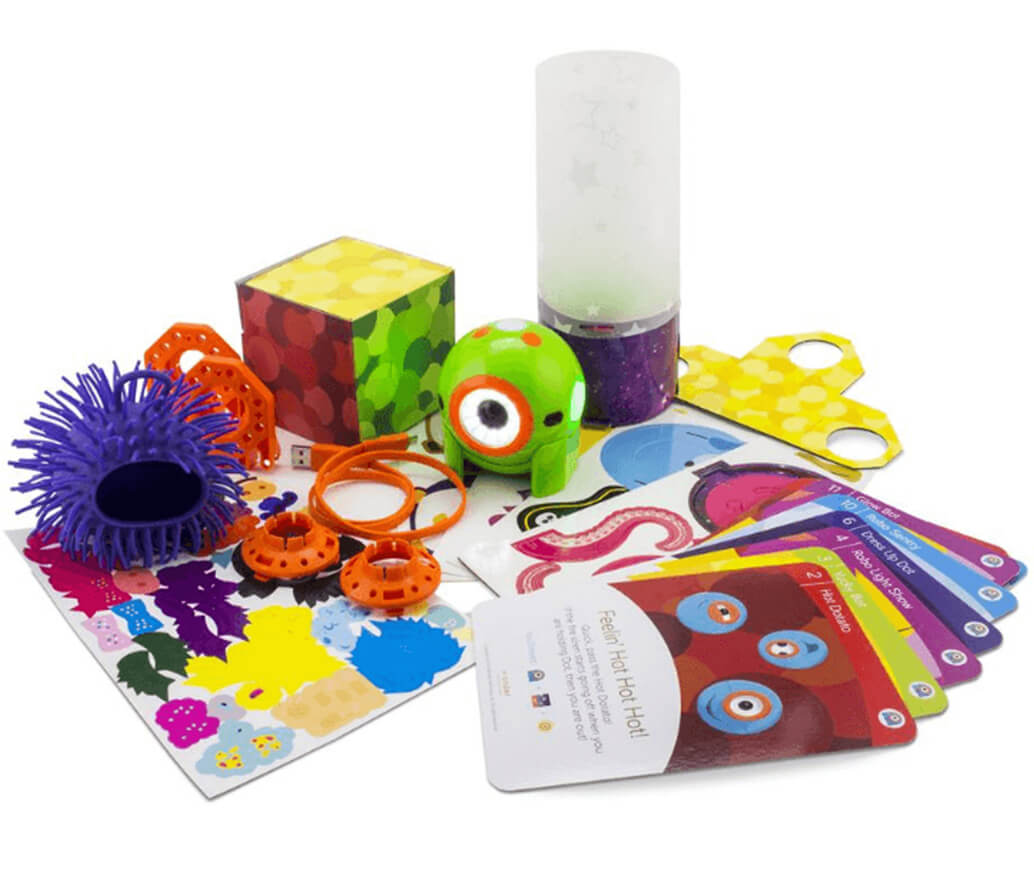
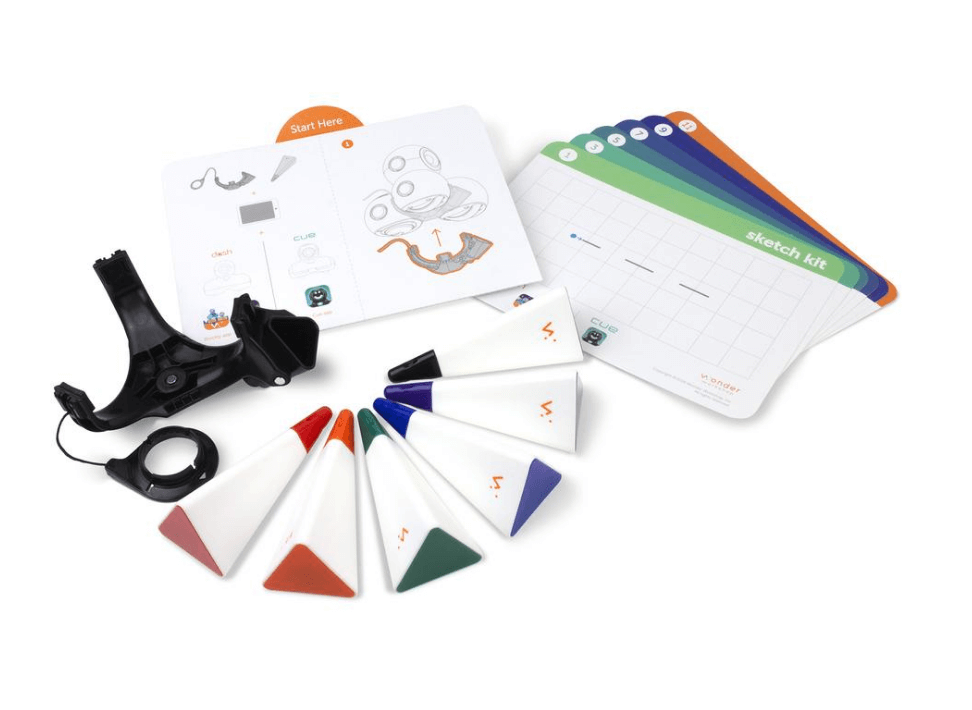


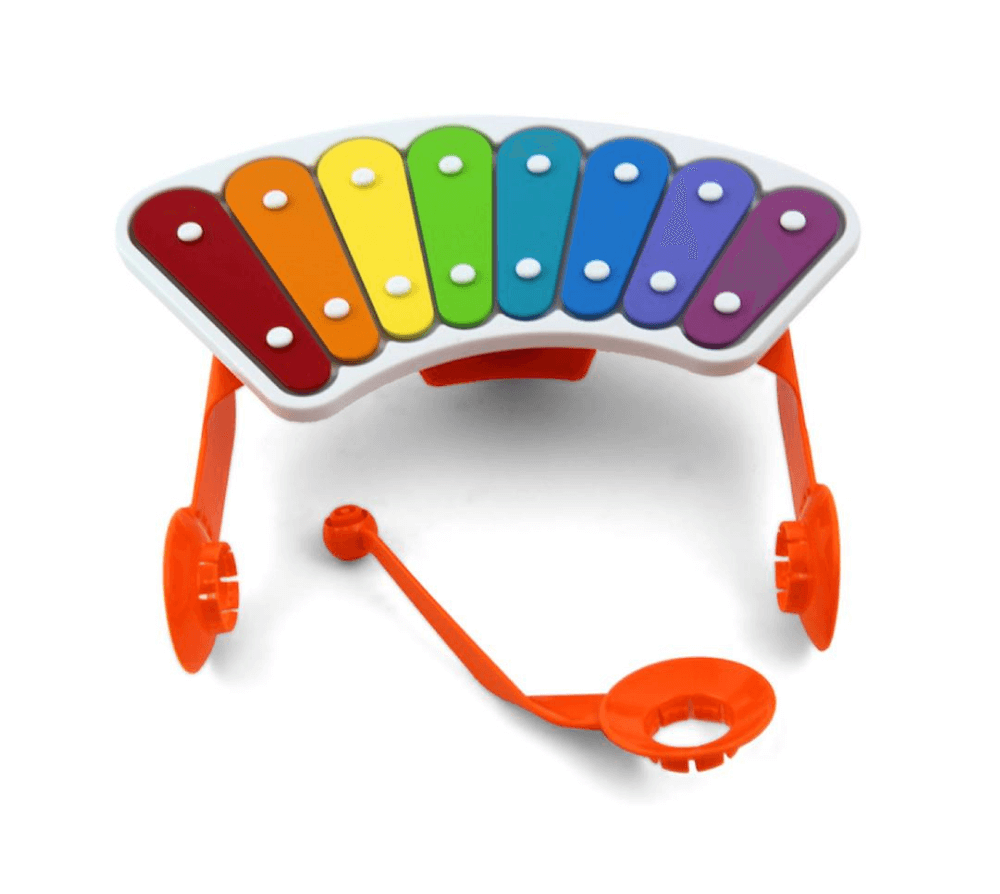

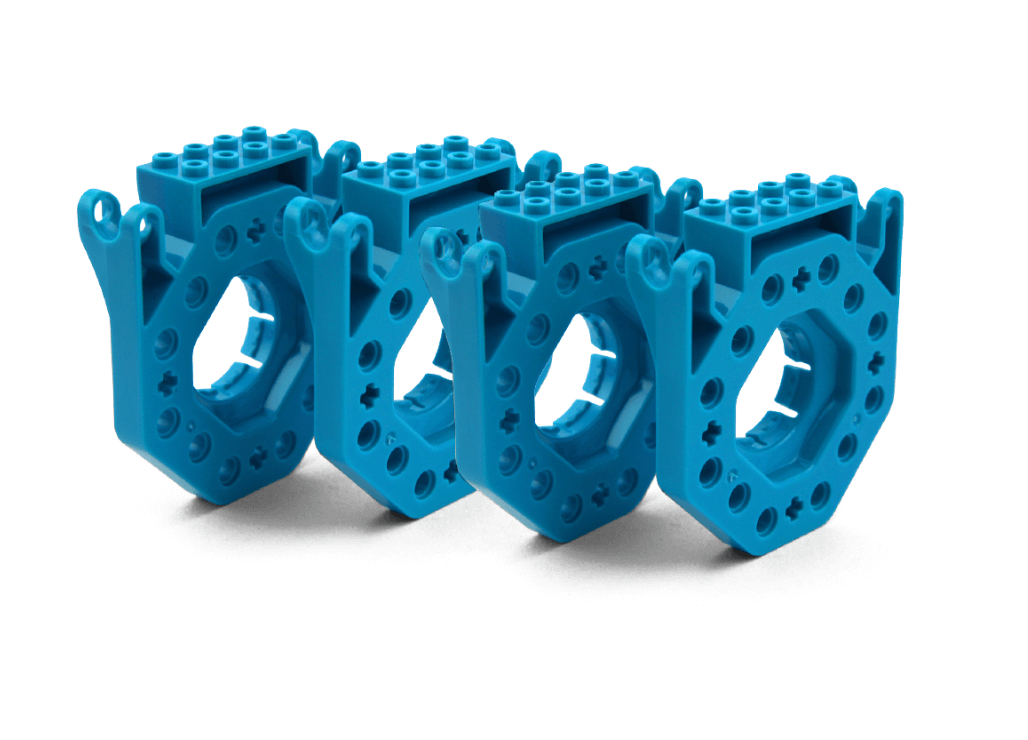
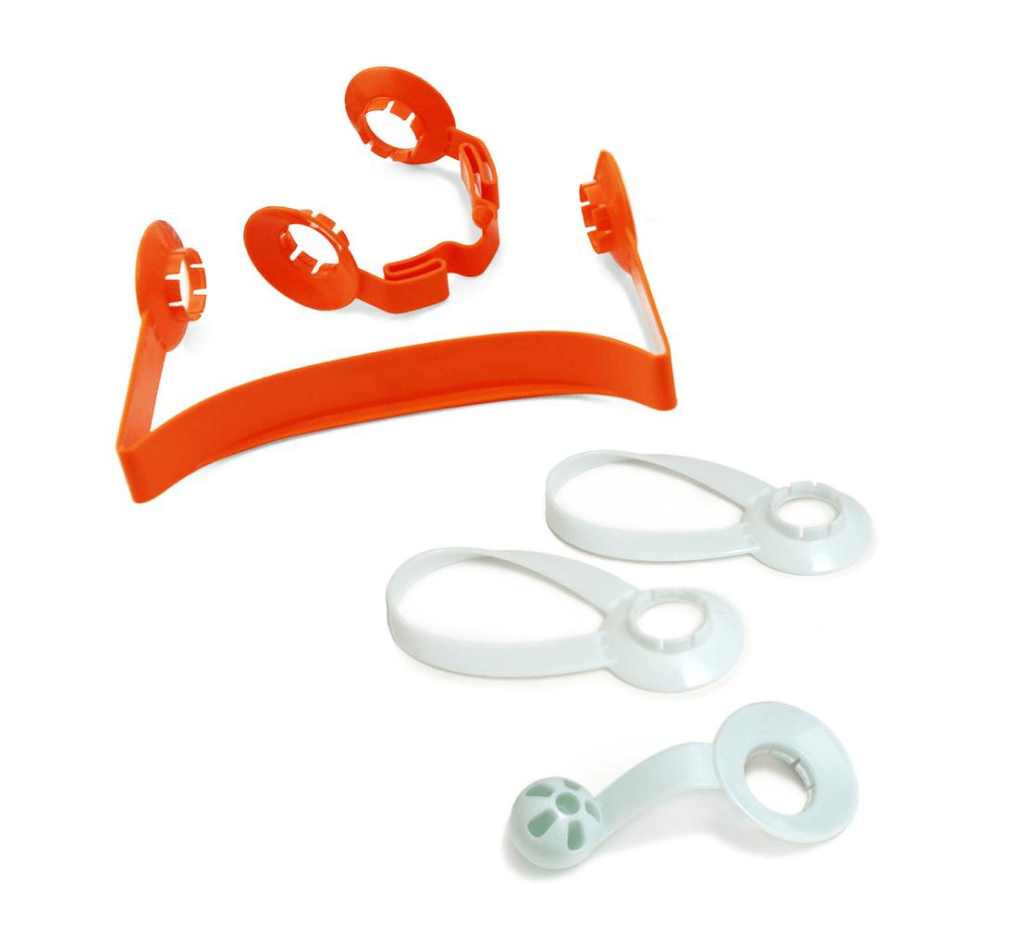

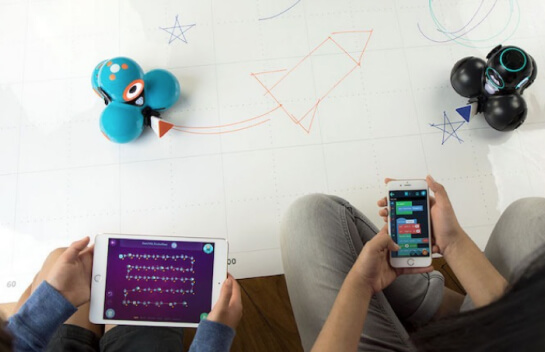
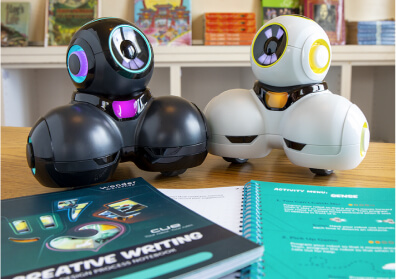
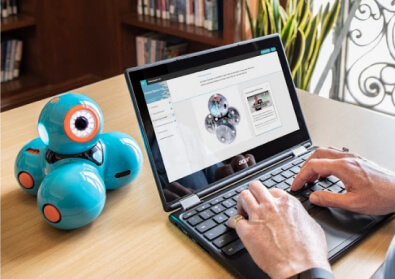



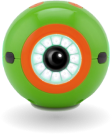



 Please wait while you are redirected to the right page...
Please wait while you are redirected to the right page...